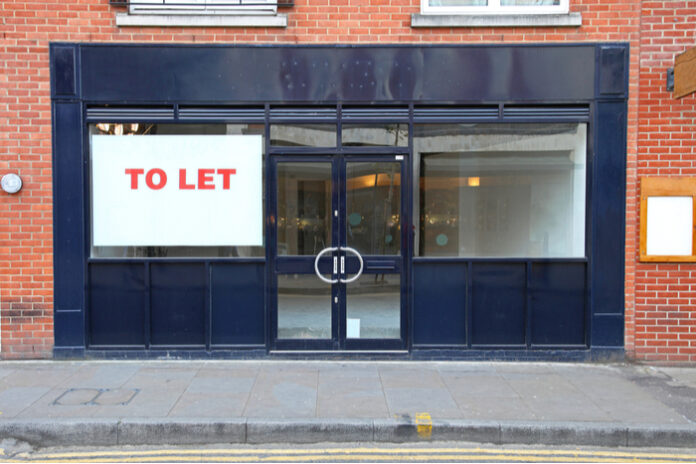

// Vacancy rates in the UK increased from 12.1% to 12.2% in the first quarter of 2020
// The challenges were prominent prior to the Covid-19 pandemic
Retail vacancy rates have increased during the first quarter of 2020, highlighting the challenges faced by the sector even prior to the Covid-19 lockdown.
According to the BRC-LDC Vacancy Monitor, the vacancy rate edged up to 12.2 per cent in the quarter ended March, from 12.1 per cent at the end of December.
On high streets, the vacancy rate reached 12.3 per cent from 12.1 per cent, while shopping centres registered a slight improvement to 14.1 per cent from 14.4 per cent in December.
READ MORE:
Meanwhile, retail parks had the lowest vacancy rate, though it edged up to 8.2 per cent in March from 8.1 per cent in December.
“For some time retail parks have been faring better than high streets and shopping centres as consumers took advantage of free parking and larger stores,” BRC Chief Executive Helen Dickinson said.
Dickinson added that the gap in vacancy rates between retail parks and the other destinations will widen further.
This is likely due to retail parks often including larger supermarkets, which have remained open due to the need to provide essential services.
“Despite government support, it is likely that some stores may not be able to reopen after the lockdown is lifted, and the vacancy rate may rise sharply in the future as a result.
“While the government furlough scheme, loans and business rates holiday have provided an essential lifeline for thousands of retailers, stores continue to face fixed costs such as rent, which threaten their existence.
“To protect jobs and ensure the economy is able to get back on its feet in the coming months, it is vital that the UK follows the lead of other European countries and supports rents.”
LDC head of retail & strategic partnerships Lucy Stainton said: “The inaugural BRC-LDC Vacancy Monitor shows a consistent increase in the number of stores lying empty overall, which indicates that the UK now has more retail space than is necessary to meet our changing consumer habits.”
“Given the pandemic, as well as the CVAs and administrations that have already taken place, plus the huge challenge to cash flow for all of the non-essential businesses forced to close, we are predicting that the vacancy rate will increase on a much steeper trajectory than originally anticipated this year.”
Click here to sign up to Retail Gazette’s free daily email newsletter

